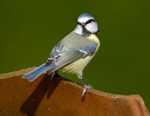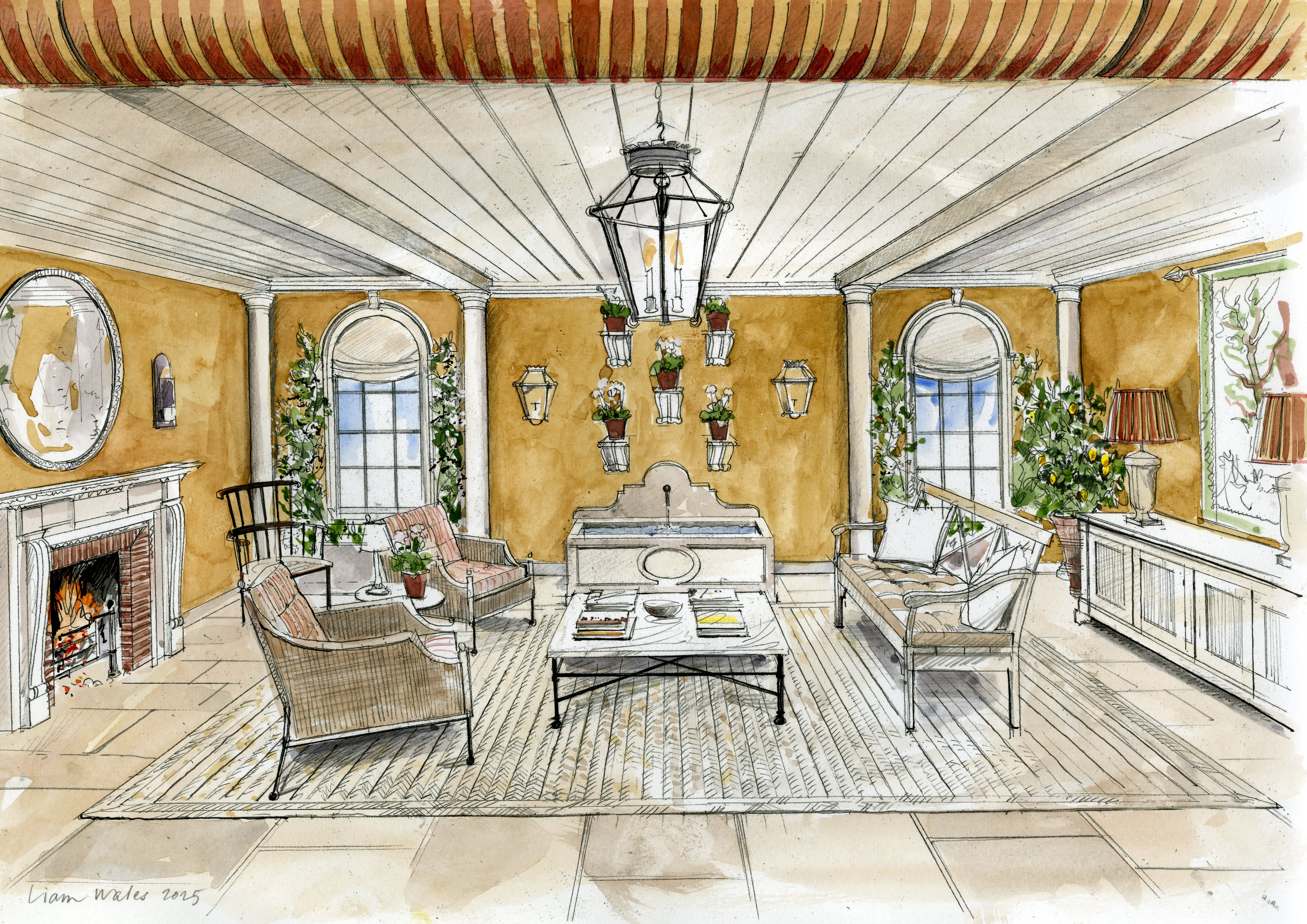What to feed garden birds
Give your garden birds a head start by putting the right scraps from your kitchen out as bird food this year


Saint Serfof Fife, a sixth century monk who apparently gave robins scraps of bread, is the first known feeder of birds. These days, the range of bird foods available is enormous - the UK bird-food market is worth upwards of £300 million a year -and a growing number of householders put them out, as recorded by the BTO's Garden Bird Feeding Survey (started in 1970/71). At the start, gardens attracted an average of 16 species in winter; today, it's up to 23. Many birds have spotted an easy source of sustenance and joined in. The record is 59 species in a garden in West Wales. New arrivals include great spotted woodpeckers, delicate, little green siskins and plump wood pigeons, and, less commonly, pretty lesser redpolls.
Last winter, more survey participants saw a great spotted woodpecker or sparrowhawk than hosted a song thrush. Many blackcaps-small warblers that used to migrate south in winter-now stay put in British gardens. They have joined stalwarts such as blue tits, robins and blackbirds, still the top three feeders.
Although a greater range of available bird foods will undoubtedly attract a greater variety of birds, many household scraps are just as nutritious (see below). Research has shown that bird feeding prolongs their lives year round, but it's particularly important from late September through to early spring and especially during cold winter weather, when much less natural food is available. Putting the food on a bird table, preferably with an overhanging roof to keep rain off, is only one way to provide it.
Hanging nut and seed feeders, or half coconuts, from tree branches or from the table is another. Scattering food on the ground will attract thrushes and dunnocks. Filling holes and cracks in a post, tree or suspended log with fatty food such as suet, does nicely for more agile species such as tits, nuthatches and treecreepers.
The big hazard is the infamous grey squirrel. It helps to use only wire-mesh nut and seed feeders, or those surrounded by a metal cage that allows only small birds access, and to place the table at least 8ft away from the nearest bush or tree, from which the squirrel will launch itself. Some expensive feeders have food ports that close when something heavy climbs on them.
The only sure way I've found to stop squirrels climbing up a bird-table pole is to fix a dome-shaped plastic ‘baffle' to it. Several bird-feeder retailers sell them. This way, you'll restrict squirrels to hoovering up the scatter of fallen food and you can admire your garden birds, including, perhaps, an elegant bullfinch or some wintering fieldfares.
Malcolm Smith's ‘Life with Birds: A Story of Mutual Exploitation' is published by Whittles at £18.99
Sign up for the Country Life Newsletter
Exquisite houses, the beauty of Nature, and how to get the most from your life, straight to your inbox.
Avian haute cuisine
Black sunflower seeds or hearts Year-round food
Niger seeds Favourites of goldfinches and siskins
Peanuts Popular with tits, greenfinches and nuthatches
Bird cake, suet, fat balls Winter food for thrushes, woodpeckers and wrens-remove nylon mesh bags
Live foods and other insect foods Mealworms are relished by robins and blue tits
Cheese Mild grated cheese attracts robins and wrens
Dog biscuits Soak in water first
Coconut Fresh in the shell
Rice and cereals Cooked rice, brown or white without salt, dry porridge oats and breakfast cereals
Meat Chopped-up meat or unsalted bacon rind
Bread Preferably brown and cut up
Baked potatoes Cold, opened up, roast or mashed
Fruit Any dried fruits, plus cut-up apples and pears for blackbirds, thrushes and starlings
Pastry Cooked or uncooked, made with fat not margarine
Water Vital-and must be kept free of ice in winter
DON'T use discarded cooking fat, margarines, milk, dry biscuits, salted nuts, desiccated coconut or cooked porridge oats
ALWAYS remove any mouldy and stale food The best of the birdseed No Grow wild-bird food non-germinating mixed bird seed (01469 577007; www.wildbirddirect.com) Haith's niger seed, sunflower hearts and more (0800 298 7054; www. haiths.com)
Robin image from the RSPB
Country Life is unlike any other magazine: the only glossy weekly on the newsstand and the only magazine that has been guest-edited by HRH The King not once, but twice. It is a celebration of modern rural life and all its diverse joys and pleasures — that was first published in Queen Victoria's Diamond Jubilee year. Our eclectic mixture of witty and informative content — from the most up-to-date property news and commentary and a coveted glimpse inside some of the UK's best houses and gardens, to gardening, the arts and interior design, written by experts in their field — still cannot be found in print or online, anywhere else.
-
 The big reveal: A first look at Country Life's RHS Chelsea Flower Show stand
The big reveal: A first look at Country Life's RHS Chelsea Flower Show standInterior designer Isabella Worsley reveals her plans for Country Life’s ‘outdoor drawing room’ at this year’s RHS Chelsea Flower Show.
By Country Life
-
 Schreiber House, 'the most significant London townhouse of the second half of the 20th century', is up for sale
Schreiber House, 'the most significant London townhouse of the second half of the 20th century', is up for saleThe five-bedroom Modernist masterpiece sits on the edge of Hampstead Heath.
By Lotte Brundle